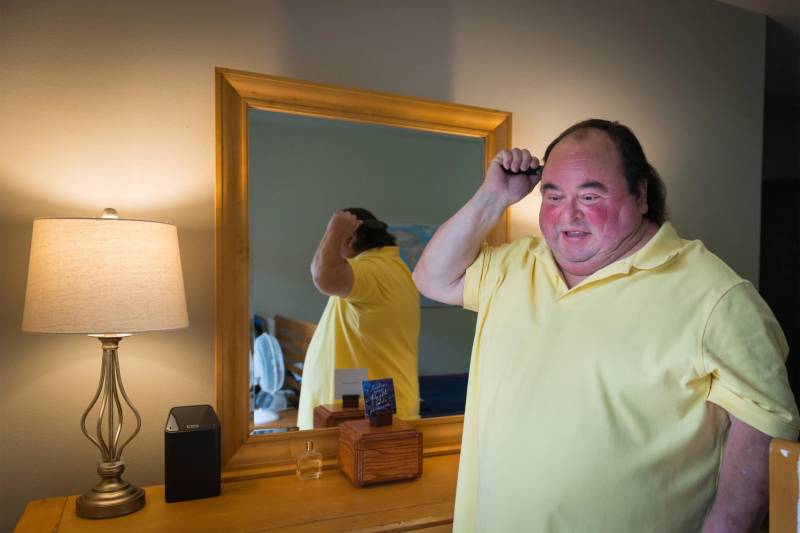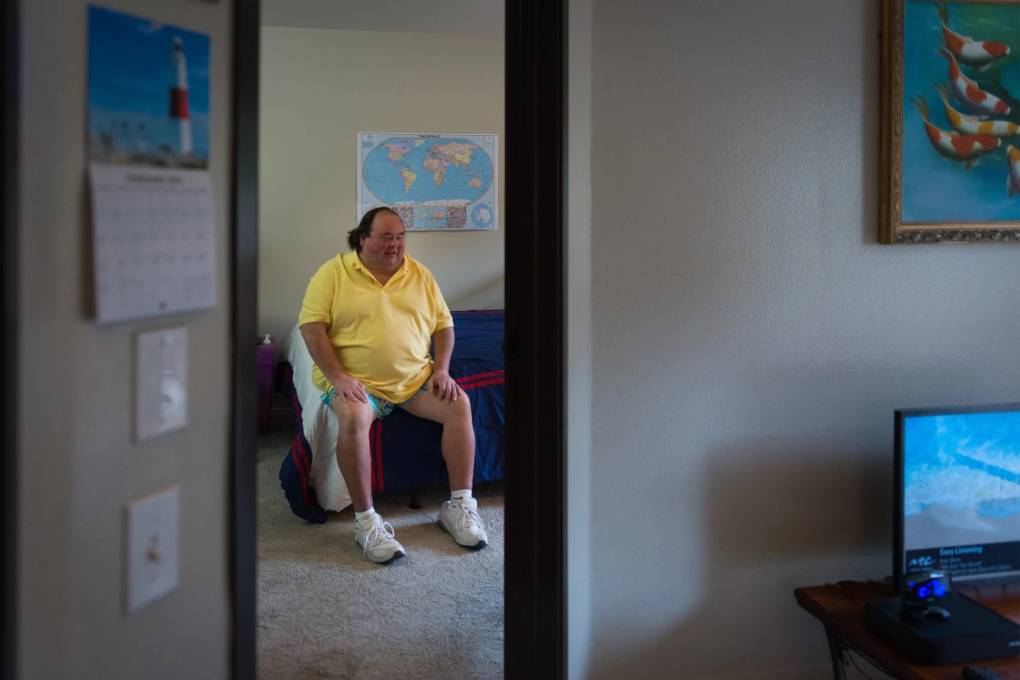He will ask the legislature to put before voters a 2024 ballot initiative that would infuse California’s mental health system with at least 6,000 new treatment beds and supportive housing units for people struggling with mental health and addiction disorders, many of whom are experiencing homelessness. The proposed bond measure would generate from $3 billion to $5 billion for psychiatric housing and treatment villages aimed at serving more than 10,000 additional people a year. The initiative would also ask voters to set aside at least $1 billion a year for supportive housing from an existing tax on California millionaires that funds local mental health programs.
“People who are struggling with these issues, especially those who are on the streets or in other vulnerable conditions, will have more resources to get the help they need,” Newsom said.
For transitional rent, six months of payments would be available for select high-need residents enrolled in Medi-Cal, particularly those who are unhoused or at risk of becoming unhoused — and those transitioning from more costly institutions such as mental health crisis centers, jails and prisons, and foster care. Medi-Cal patients at risk of inpatient hospitalization or who frequent the emergency room would also be eligible.
“It’s a pretty big challenge; I’m not going to lie,” said Jacey Cooper, the Medi-Cal director. “But we know that people experience cycles of homelessness in and out of emergency rooms, so we have a real role to play in both preventing and ending homelessness.”
Public health experts say the problem will continue to explode without creative thinking about how to fund housing in health care, but they warn the state must be wary of potential abuses of the program.
“It has to be carefully designed because, unfortunately, there are always people looking to game the system,” said Dr. Tony Iton, a public health expert who is now a senior vice president at the California Endowment. “Decisions must be made by clinicians — not housing organizations just looking for another source of revenue.”
For Stephen Morton, who lives in the Orange County community of Laguna Woods, the journey from homelessness into permanent housing illustrates the amount of public spending it can take for the effort to pay off.

Morton, 60, bounced between shelters and his car for nearly two years and racked up extraordinary Medi-Cal costs due to prolonged hospitalizations and repeated emergency room trips to treat chronic heart disease, asthma and diabetes.
Medi-Cal covered Morton’s open-heart surgery and hospital stays, which lasted weeks. He landed temporary housing through a state-sponsored program called Project Roomkey before getting permanent housing through a federal low-income housing voucher — an ongoing benefit that covers all but $50 of his rent.
Since getting his apartment, Morton said, he’s been able to stop taking one diabetes medication and lose weight. His attributes improve in his blood sugar levels to his housing and the healthy, home-delivered meals he receives via Medi-Cal.
“It’s usually scrambled eggs for breakfast and the fish menu for dinner. I’m shocked it’s so good,” Morton said. “Now I have a microwave and I’m indoors. I’m so grateful and so much healthier.”
California Healthline is a service of the California Health Care Foundation produced by Kaiser Health News.

